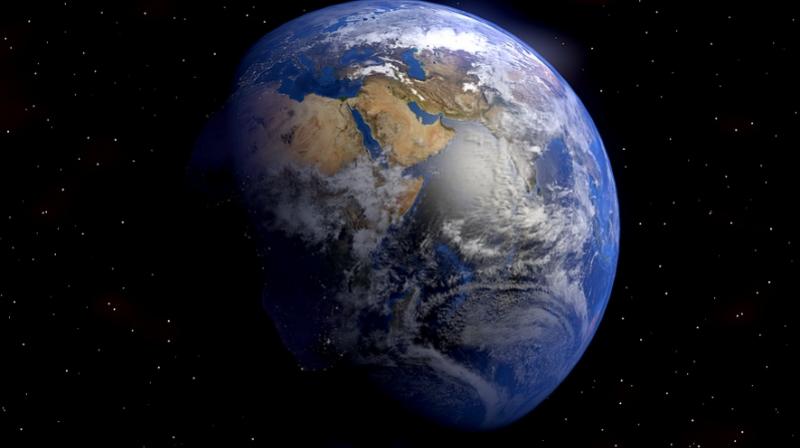The GRAPES-3 muon telescope, the world’s largest and most sensitive cosmic ray monitor in operation, has recorded Earth being blasted by an enormous burst of galactic cosmic ray.
Upon further analysis of data from the event, scientists also confirmed Earth’s magnetic shield suffered a significant crack due to the severity of the impact.

Located at TIFR’s Cosmic Ray Laboratory in Ooty, India, GRAPES-3 first detected the burst in June 2015; it lasted two hours and measured approximately 20 GeV. It occurred when a giant cloud of plasma ejected from the solar corona and, at a speed of about 2.5 million kilometers per hour, struck Earth. The impact caused a severe compression of Earth’s magnetosphere from 11 to 4 times the radius of Earth, and resulted in a geomagnetic storm that generated aurora borealis and radio signal blackouts in many high-altitude countries.
For those unfamiliar, Earth’s magnetosphere extends over a radius of a million kilometers — it serves as the first line of defense against the continuous flow of solar and galactic rays, and protects the planet’s many life forms from high-intensity energetic radiations.
Numerical simulations have confirmed the following took place: the planet’s magnetic shield temporarily cracked due to the occurrence of magnetic reconnection following the impact of this massive burst. The crack allowed lower-energy galactic cosmic ray particles to enter Earth’s atmosphere. When this happened, the planet’s magnetic field bent the particles about 180 degrees, from the day-side to the night-side of the Earth, whereupon the event was detected by GRAPES-3 at or around midnight, on June 22nd.
The data that was collected thereafter was analyzed and interpreted through extensive simulation over the next several weeks using the lab’s in-house, 1280-core computing farm.
Full results are presented in the team’s study, Transient Weakening of Earth's Magnetic Shield Probed by a Cosmic Ray Burst , which was published in Physical Review Letters.
Advertisement
Learn more about Electronic Products Magazine





